Sicklefin devil rays in 3D: how are they using space in the Azores?
With very little information available about Endangered sicklefin devil rays, their seasonal aggregations at sea mounts in the Azores give Sophie an opportunity to learn more about their lives. She will be collecting satellite-tracking data that show how they move in the Azores’ exclusive economic zone. The information she collects will be used to develop maps of how the rays are using the zone and to identify essential areas that multiple species use. With this information at hand, Sophie hopes her work can contribute to a network of marine protected areas.
Growing up in Southern California, I had the privilege of exploring everything from kelp forests to sea-grass beds to tidal pools and observing how the different animals interacted with each other and their environment. I was 10 when I told my parents that I wanted to be a marine biologist. As I was so young, they assumed this was just a phase, but it was one I never grew out of. Although my specific interests have evolved over time, I have always been drawn to elasmobranch ecology and physiology. Undeterred by the highly competitive nature of the field,...
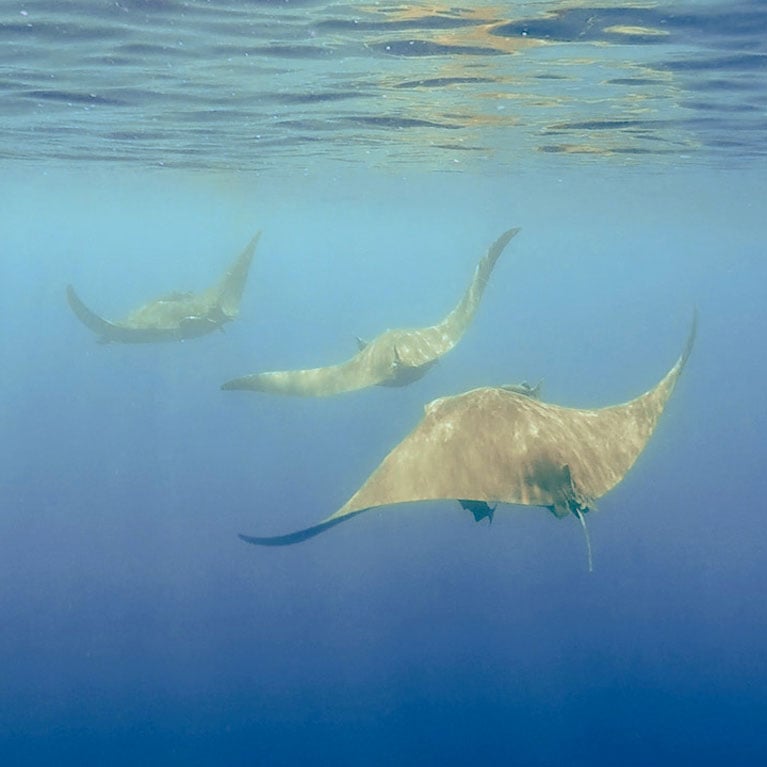
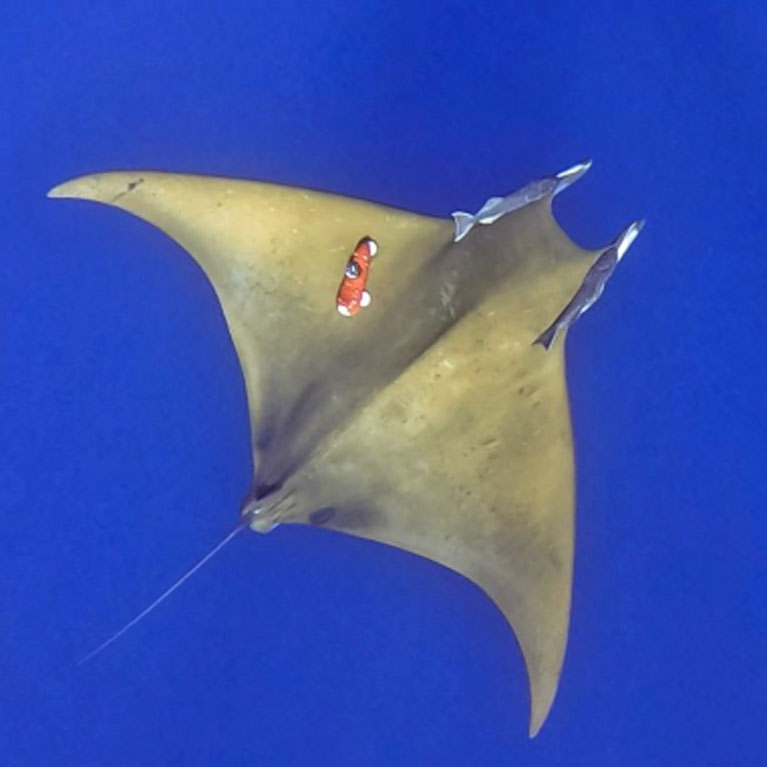
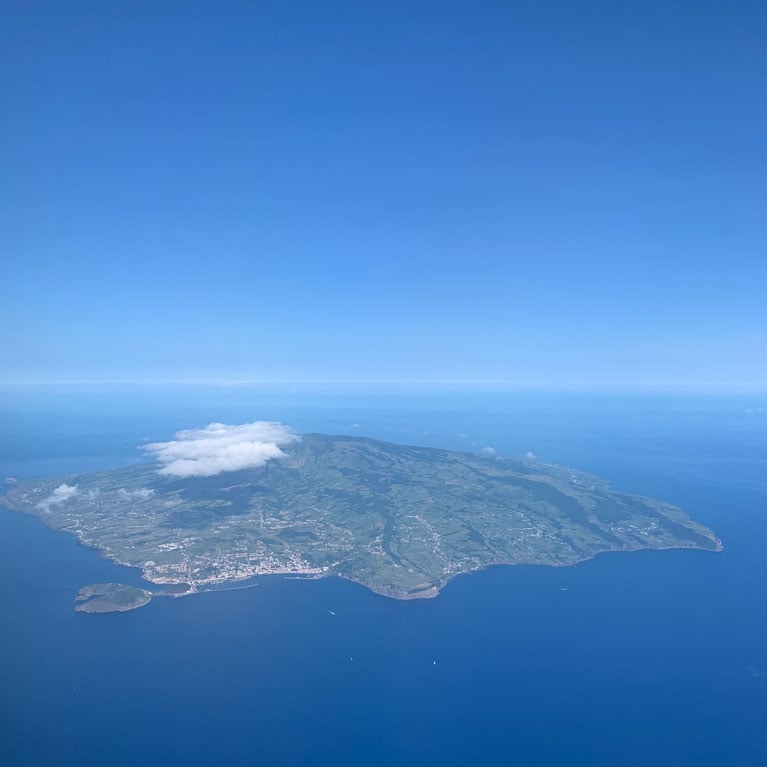
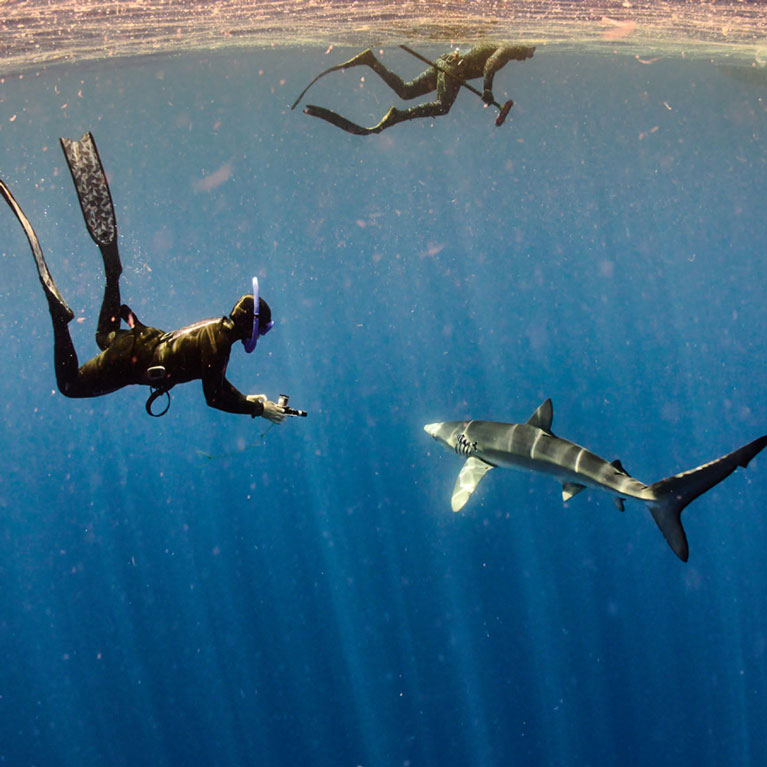
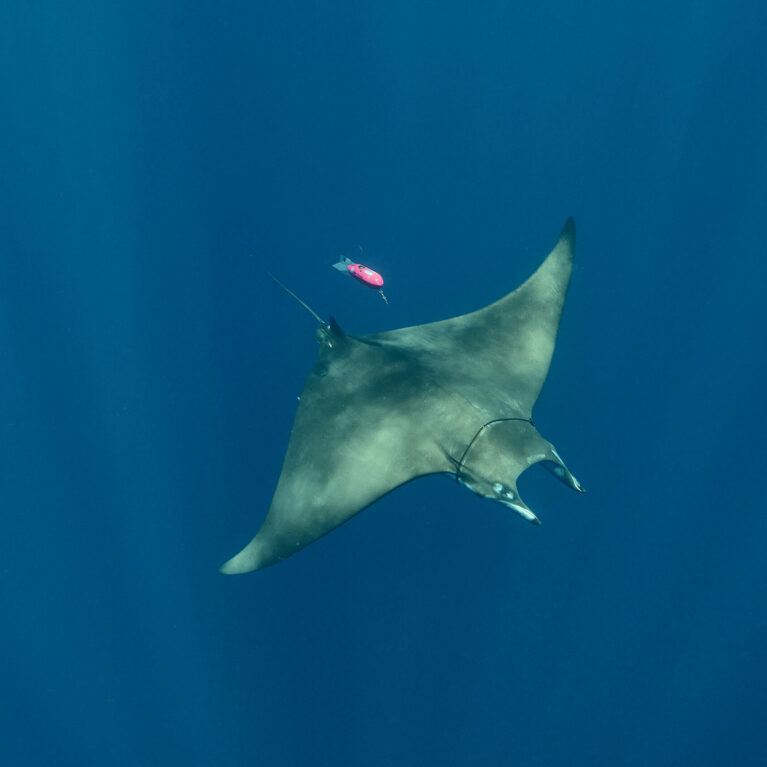
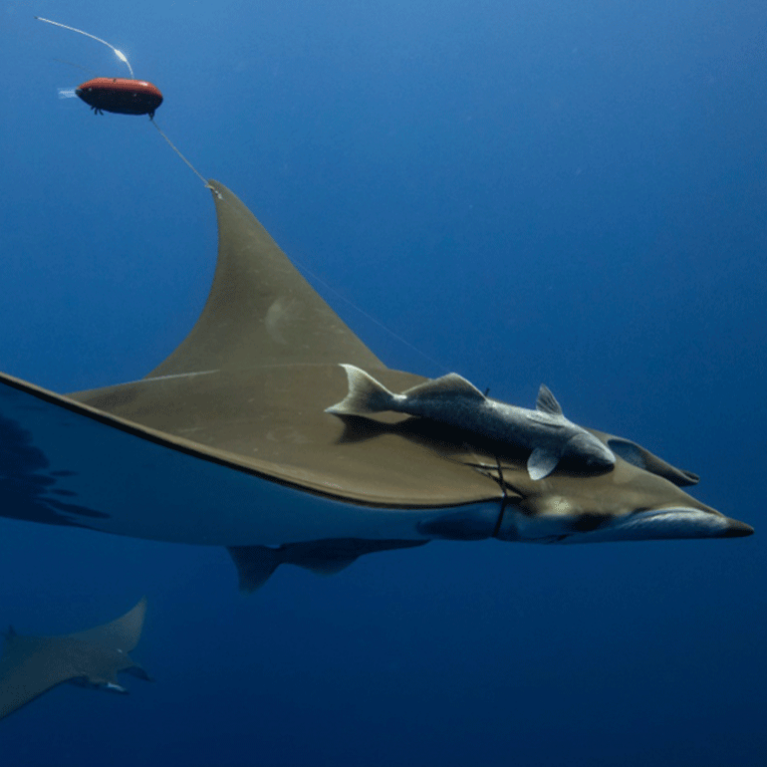
Forecasting the regional distribution of endangered sicklefin devil-rays in a changing climate to promote conservation
The project’s primary objectives are to investigate the physiology and fine-scale regional movement patterns of sicklefin devil rays to develop spatially complete maps of their three-dimensional distribution within the Azores archipelago. This information will be used to identify critical habitats and implement a network of marine protected areas in the region.
Assessments of global sicklefin devil ray populations have revealed significant declines, largely due to human-induced global climate change and overfishing. Despite the species’ Endangered status, there is a significant lack of baseline data of its behaviour and physiology. Azorean sea mounts are some of the few known locations that support seasonal devil ray aggregations, which presents an unparalleled opportunity to address these knowledge gaps and identify critical habitats for conservation within the Azores archipelago.
The sicklefin devil ray Mobula tarapacana is a widely distributed oceanic species in the Mobulidae family. Like other highly migratory elasmobranch species, devil rays are facing steep population declines due to immense pressure from commercial fisheries as targeted species and as high-value bycatch for their gill plates. Despite the sicklefin devil ray’s status as Endangered on the IUCN’s Red List, its listing on CITES Appendix II and its continuing population decline, there remains a striking lack of regional and global effort to implement management strategies or protection for it due to an absence of basic bio-ecological data. Developing a robust understanding of its behaviour and the physiological mechanisms that support its distribution patterns is crucial for devising effective conservation measures within ecologically important regions, such as the Azores archipelago.
Recent studies of satellite-tagged individuals in the central North Atlantic revealed a striking pattern of extreme deep diving to the bathypelagic realm below 1,000 metres (3,280 feet), possibly related to foraging. This suggests that the sicklefin devil ray plays a critical role in maintaining ecosystem connectivity between the epipelagic (surface to about 200 metres; 660 feet deep) and mesopelagic (200–1,000 metres; 660–3,300 feet) zones. This study will expand on this finding by using satellite telemetry and biologging tags to investigate the physiological mechanisms that enable the species to utilise a broad vertical niche with drastic changes in temperature. The Azores is one of the few known locations to support seasonal aggregations of devil rays, which presents us with an opportunity to address the critical knowledge gaps of the species’ behaviour and physiology. Anecdotal observations of aggregating individuals in the Azores have reported feeding individuals, observed courtship behaviour and recorded individuals with signs of recent copulation, suggesting that Azorean sea mounts represent ecologically important habitat for the species. Hence, obtaining spatially complete data regarding the species’ three-dimensional movement patterns is necessary to identify critical habitat areas for conservation purposes.
The main objectives of this project are:
- To collect detailed satellite-tracking data from aggregating sicklefin devil rays within the Azores’ exclusive economic zone.
- To investigate the influence of the thermal environment on the species’ vertical movement and resulting distribution within the water column.
- To develop species distribution models from collected data to generate spatially complete maps of the regional three-dimensional distribution of devil rays within the Azores archipelago.
- To compare the space-use patterns of devil rays with those of other threatened or endangered elasmobranch species within the Azores to identify multi-species critical habitat areas.
- To incorporate the study results into a strategic environmental assessment to inform the development of dynamic marine protected areas within the Azores’ exclusive economic zone.

